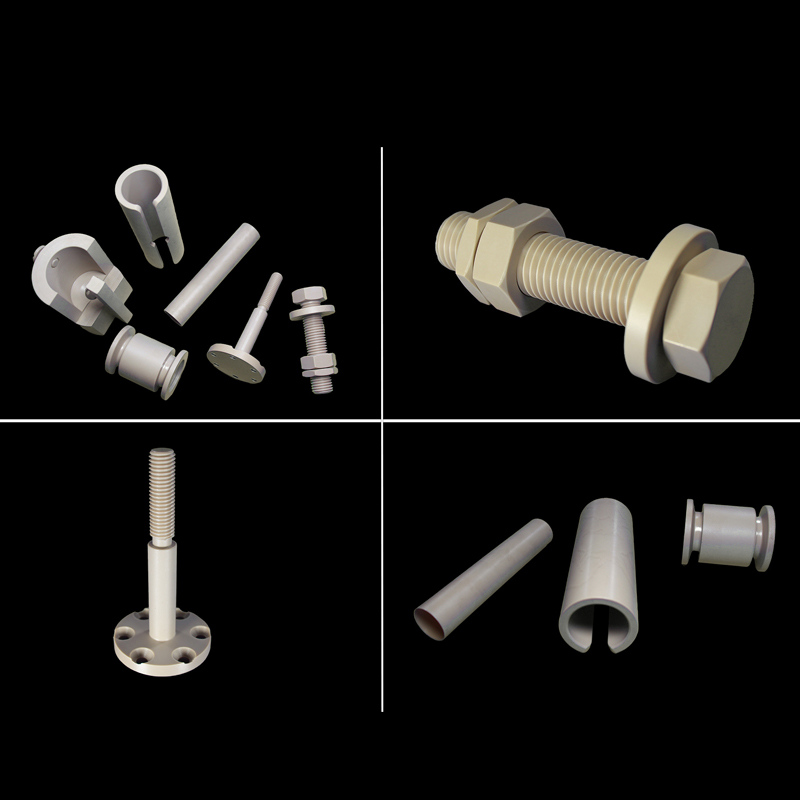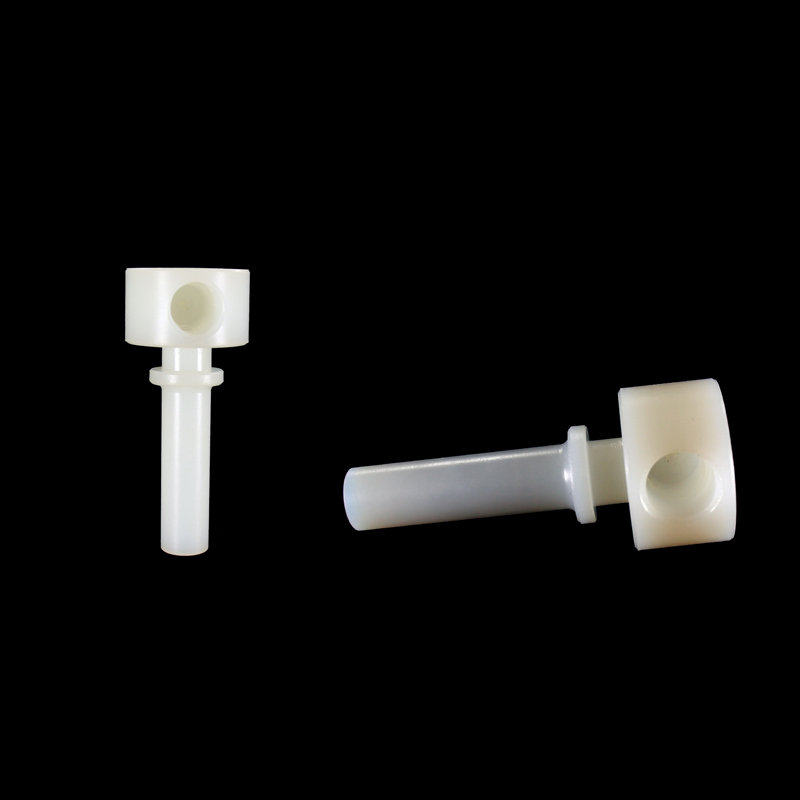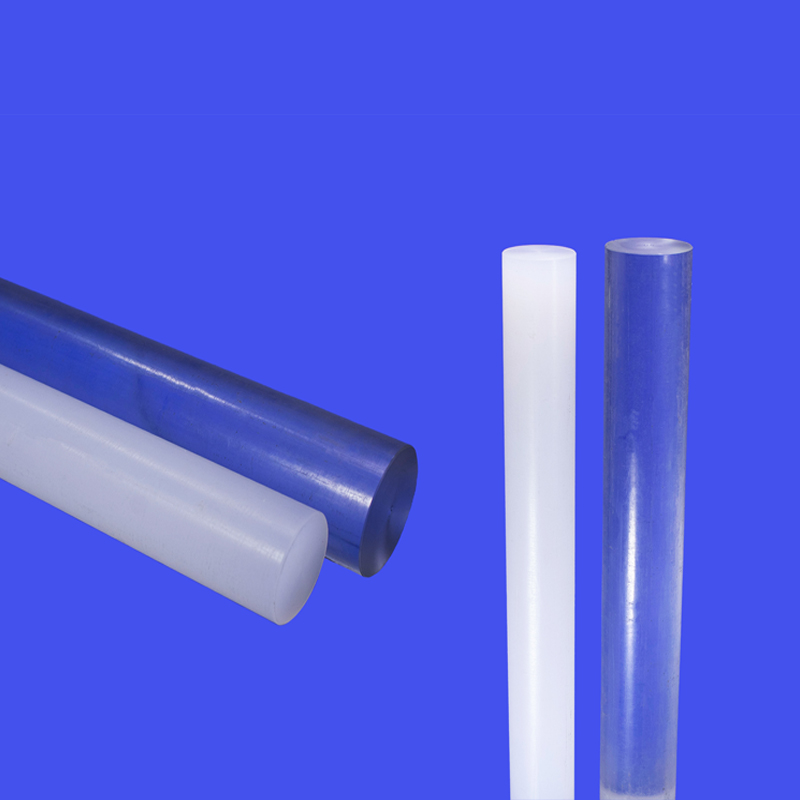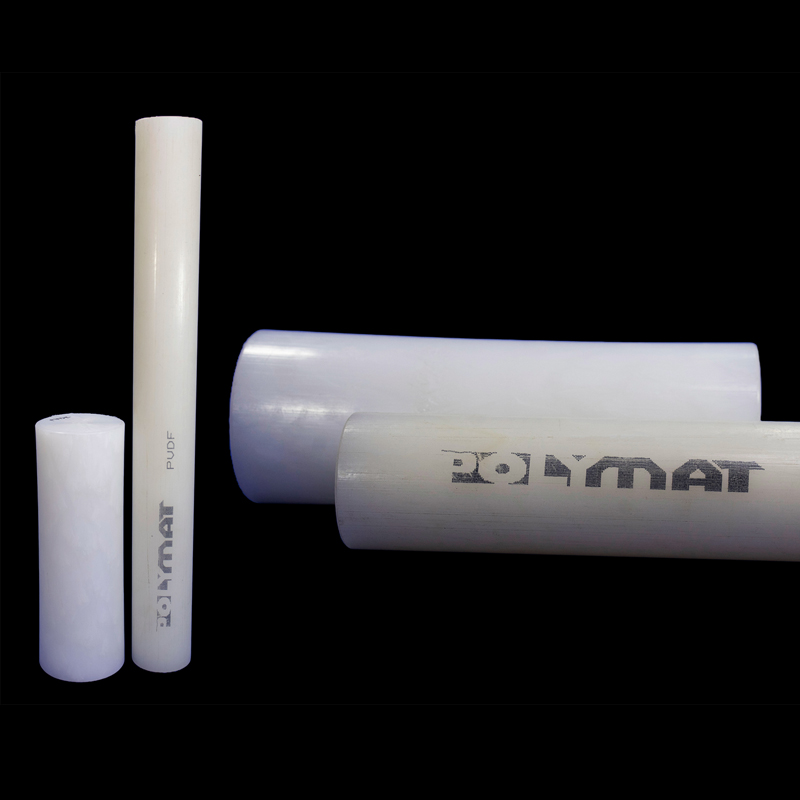
Engineering Plastics: Shaping the Future of Food Processing and Pharmaceuticals
The food processing and pharmaceutical industries demand stringent hygiene and safety standards. Engineering plastics play a crucial role in these sectors due to their properties that meet these critical requirements:
Biocompatibility:
Certain engineering plastics are inert and non-toxic, making them safe for contact with food and pharmaceutical products.
Chemical Resistance:
They exhibit excellent resistance to a wide range of chemicals, ensuring product integrity and preventing contamination.
Transparency:
Some plastics offer excellent transparency, allowing for visual inspection of processes and product flow.
Easy to Clean and Sterilize:
Their smooth surfaces minimize bacterial growth and allow for efficient cleaning and sterilization processes, crucial for maintaining hygiene.
Lightweight and Durable:
Engineering plastics offer lightweight alternatives to metal, reducing equipment weight for easier handling and maintenance while maintaining necessary strength and durability.
These properties translate to significant benefits for the food processing and pharmaceutical industries:
Enhanced Food and Drug Safety:
Biocompatibility and chemical resistance minimize the risk of contamination, ensuring product safety for consumers and patients.
Improved Hygiene Standards:
Easy cleaning and sterilization capabilities contribute to maintaining a clean and hygienic environment.
Operational Efficiency:
Lightweight components enhance equipment maneuverability and reduce maintenance needs.
Cost Savings:
While the initial material cost might be higher than some traditional materials, the benefits of hygiene, reduced maintenance, and potentially longer lifespan lead to a lower total cost of ownership.
In conclusion, engineering plastics are revolutionizing the food processing and pharmaceutical industries by promoting safety, hygiene, and operational efficiency, ultimately contributing to the production of high-quality food and pharmaceutical products.
Materials list



